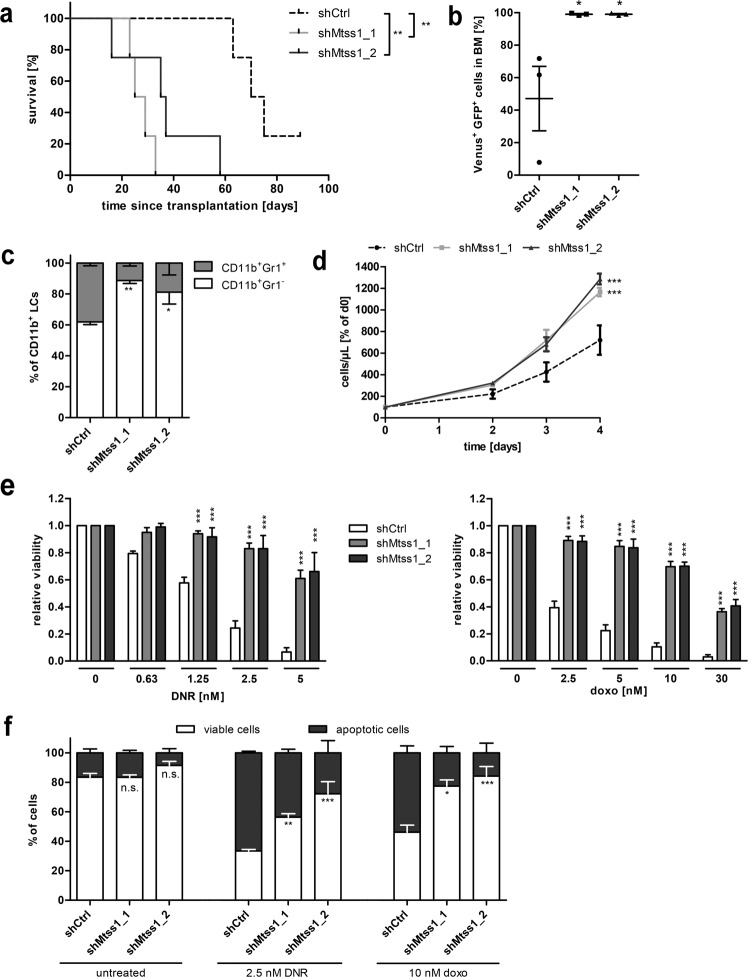Fig. 7. Knockdown of Mtss1 in MLL-AF9-driven murine AML augments disease aggressiveness and ex vivo chemotherapy resistance.
a Kaplan–Meier plot of mice transplanted with shCtrl or shMtss1 transduced LCMLL-AF9 (500 000 Venus+ GFP+ cells/mouse, n = 4 mice/group). One mouse in the control group was still alive at the time of submission. b–f Analysis of LCMLL-AF9_shMtss1 and LCMLL-AF9_shCtrl from BM of terminally ill mice. n = 3; mean ± SEM. b Leukemic burden in BM, defined as the percentage of Venus+ GFP+ cells among all viable cells. c Myeloid differentiation, determined as the proportion of Gr1+ cells among myeloid leukemic (CD11b+ Venus+ GFP+) cells. d Cells were seeded at equal densities, and metabolic activity as a proxy for viable cell numbers was determined daily for 4 days. e LCMLL-AF9_shMtss1 and LCMLL-AF9_shCtrl were incubated with the indicated concentrations of DNR or doxorubicin (doxo) for 2 days, and metabolic activity was determined as a proxy for viability. f LCMLL-AF9_shMtss1 and LCMLL-AF9_shCtrl were incubated with or without 2.5 nM DNR or 10 nM doxorubicin for 2 days and stained with AnnexinV. AnnexinV– cells were considered viable, and AnnexinV+ cells apoptotic. a–f n.s. not significant, *p < 0.05, **p < 0.01, ***p < 0.001. a Log-rank test. b One-way ANOVA followed by Bonferroni’s post-hoc test. c–f Two-way ANOVA followed by Bonferroni’s post-hoc test.

